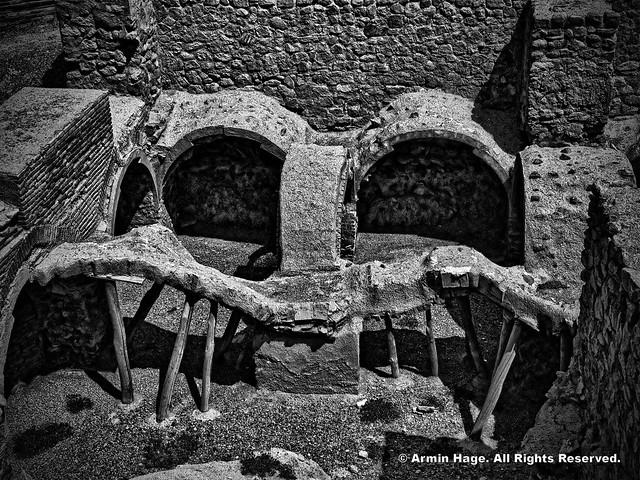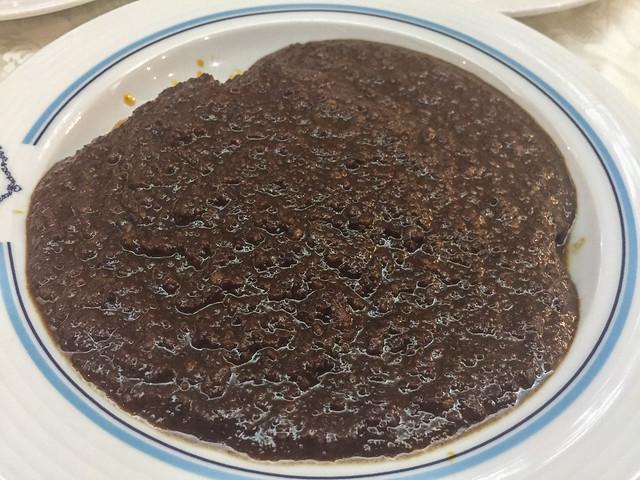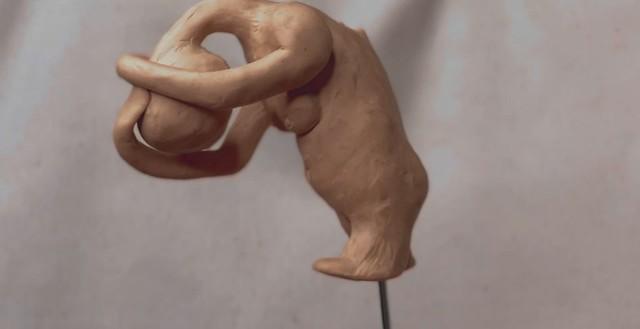

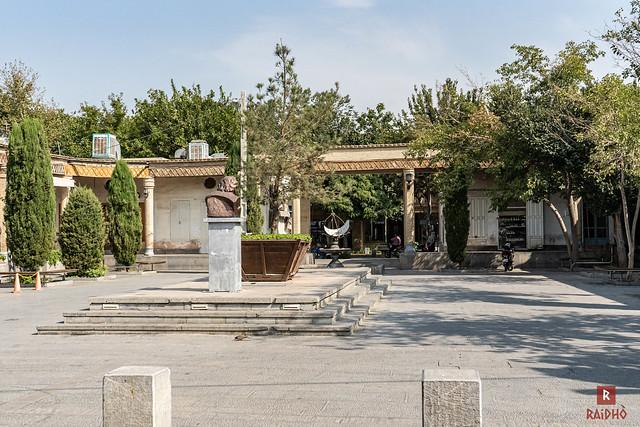
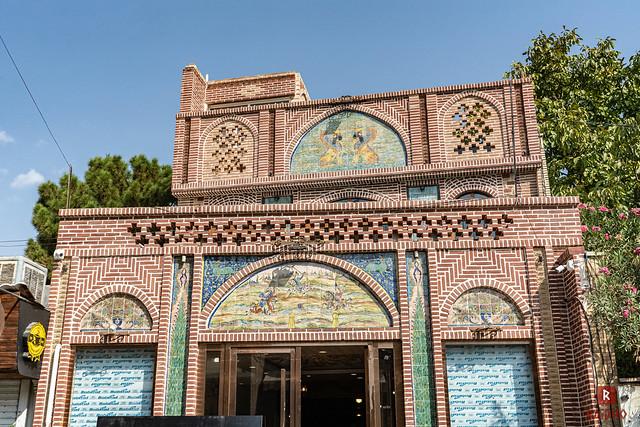
Jolfa
Overview
Historical Significance
Jolfa, a picturesque city located in East Azerbaijan province of Iran, is steeped in history and cultural significance. Established during the Safavid era in the 16th century, it was initially settled by Armenians who fled from the Ottoman Empire. This city, known formally as “Jolfa of Iran” to distinguish it from its namesake in Armenia, became a vital center for trade and cultural exchange due to its strategic position along the Aras River, which forms the natural border between Iran and Azerbaijan. The presence of Armenian churches and architecture reflects the rich tapestry of religious and cultural influences that have shaped Jolfa over the centuries.
Cultural Atmosphere
The atmosphere in Jolfa is a vibrant blend of Iranian and Armenian cultures. As you wander through the charming streets, you will notice the distinctive architecture that features ornate stone carvings and colorful tiled facades. The local markets are alive with the sounds and scents of traditional Armenian music and cuisine. Visitors can indulge in unique dishes such as “Dolma” (stuffed grape leaves) and “Kufta” (meatballs), which showcase the culinary heritage of the Armenian community in the region. Festivals and local events often celebrate both Armenian and Persian traditions, providing a fascinating glimpse into the harmonious coexistence of these cultures.
Natural Beauty
Nestled amidst stunning natural landscapes, Jolfa is graced with the breathtaking views of the Aras River and the surrounding mountains. The region's natural beauty is accentuated by the vibrant colors of the spring flowers and the rich greenery in summer, making it a perfect spot for nature enthusiasts. Outdoor activities such as hiking along the river’s banks or picnicking in the nearby parks are popular among locals and visitors alike. The serene environment offers a tranquil escape from the hustle and bustle of larger cities, allowing travelers to connect with nature.
Architectural Highlights
One of the most iconic landmarks of Jolfa is the stunning Saint Stepanos Monastery, a UNESCO World Heritage site that dates back to the 9th century. This architectural marvel, built into the mountains, is not just a religious site but also a testament to the artistry and devotion of its builders. Its intricate frescoes and stonework are captivating, drawing visitors from around the world. Other notable sites include the Church of St. Mary, known for its beautiful gardens and peaceful ambiance, offering a perfect spot for reflection.
Local Characteristics
Jolfa is characterized by its welcoming and hospitable locals, who are eager to share their rich heritage with visitors. The city’s blend of cultures creates a warm and inviting atmosphere, where traditional Armenian hospitality is evident in every interaction. Markets bustling with vendors selling handmade crafts, textiles, and local delicacies offer a unique shopping experience. Engaging with the local community provides travelers with insights into daily life in Jolfa, enriching their understanding of this fascinating region.
Accessibility
For foreign travelers, reaching Jolfa is relatively easy, with connections from major Iranian cities such as Tabriz and Tehran. The city is also close to the border, making it a convenient stop for those exploring both Iran and the neighboring Republic of Azerbaijan. Local transportation options, including taxis and buses, make navigating the city straightforward, allowing visitors to fully immerse themselves in the local culture and attractions.
In summary, Jolfa is a hidden gem that offers travelers a unique blend of history, culture, and natural beauty. Its rich Armenian heritage, combined with stunning landscapes and warm hospitality, makes it an unforgettable destination for anyone looking to explore the diverse tapestry of Iran.
Other towns or cities you may like in Iran
Explore other cities that share similar charm and attractions.


